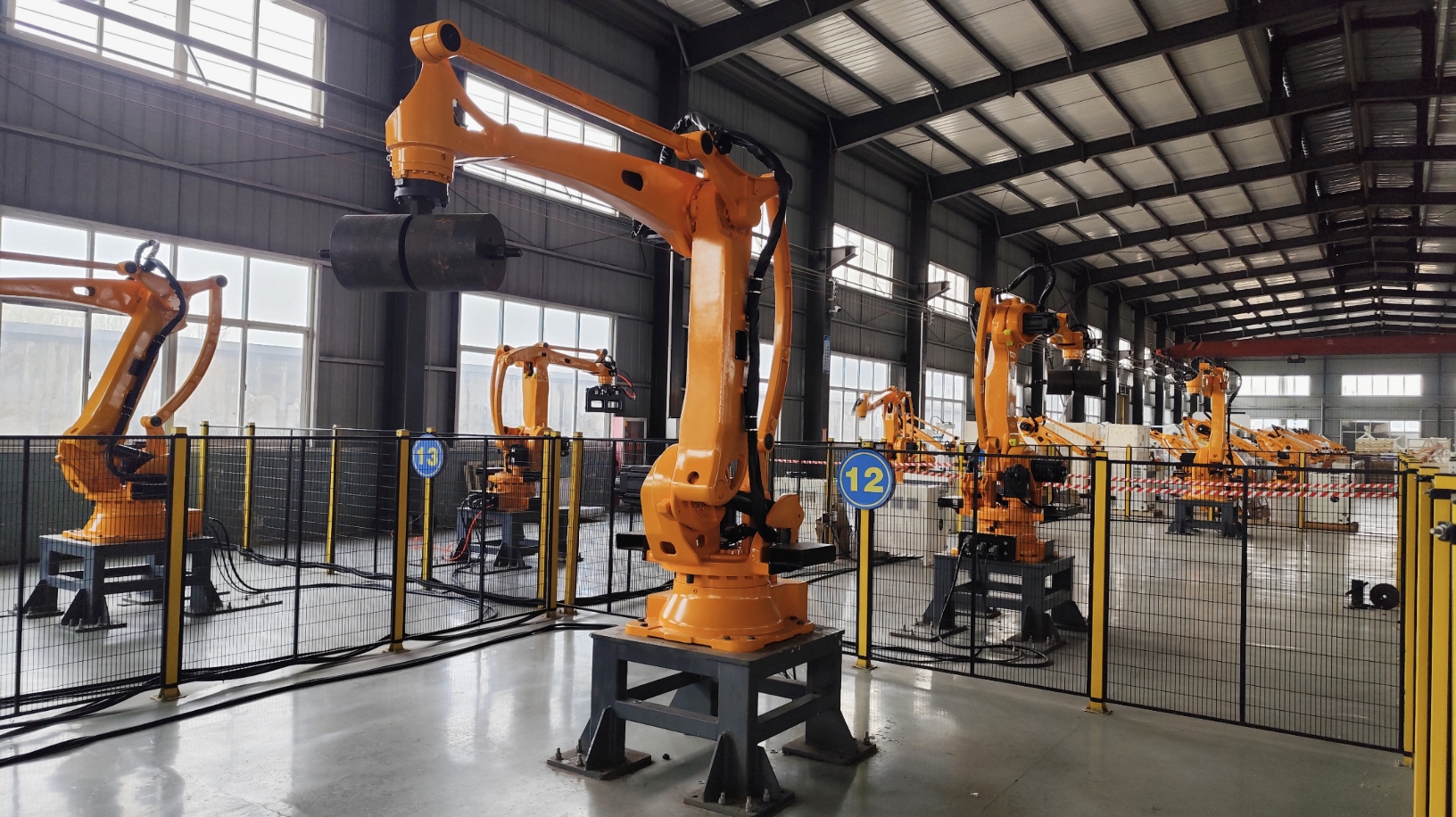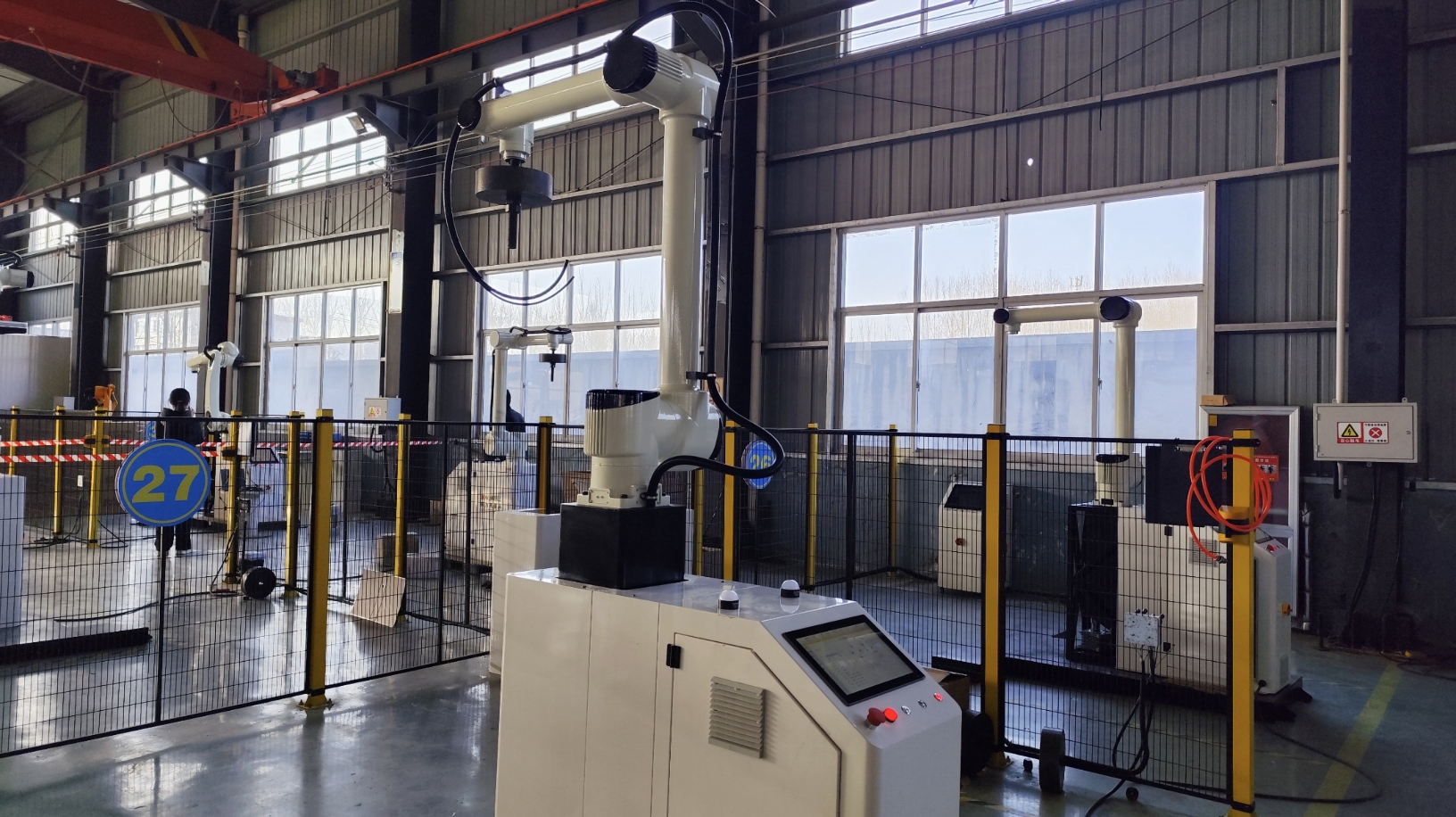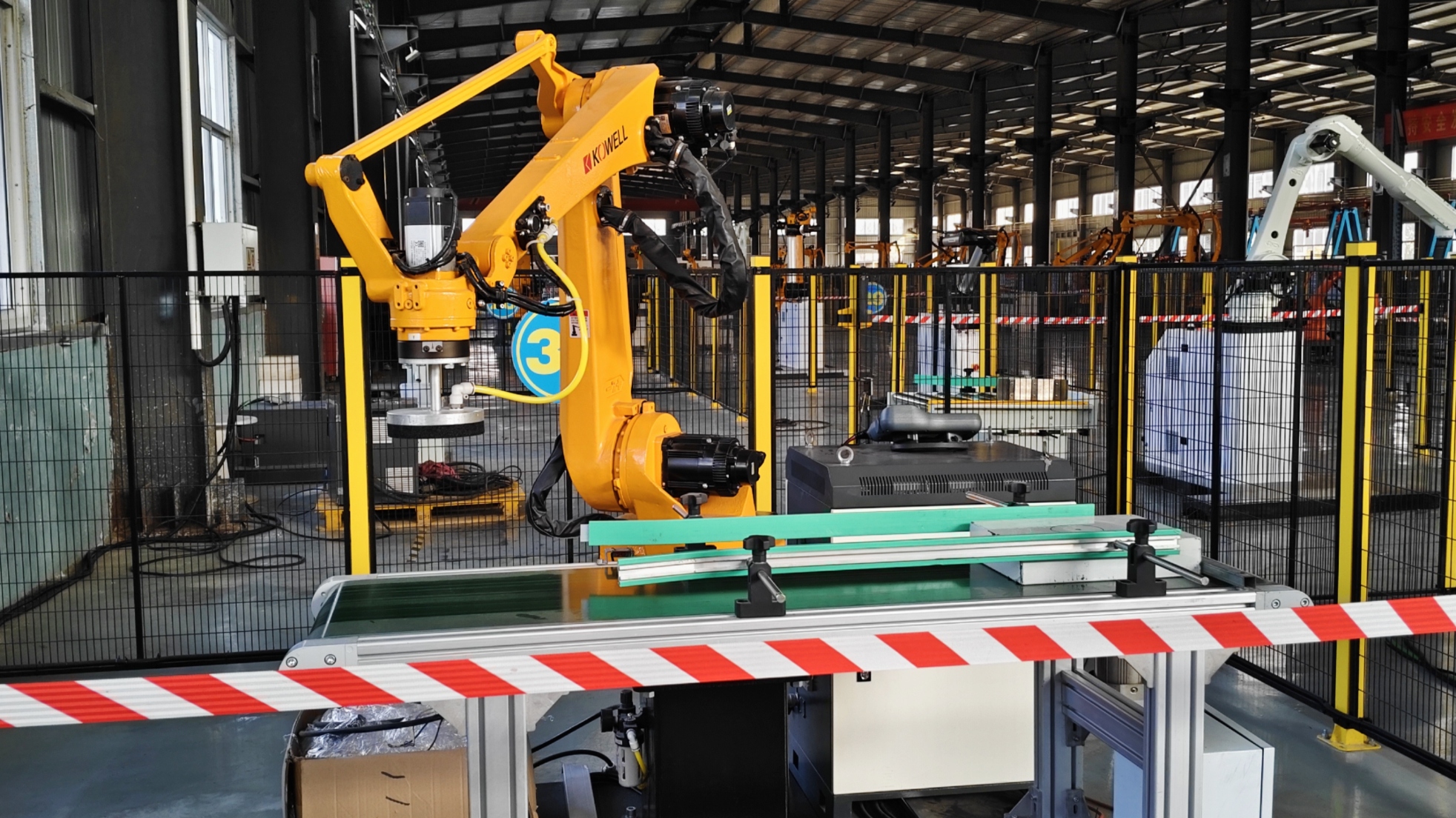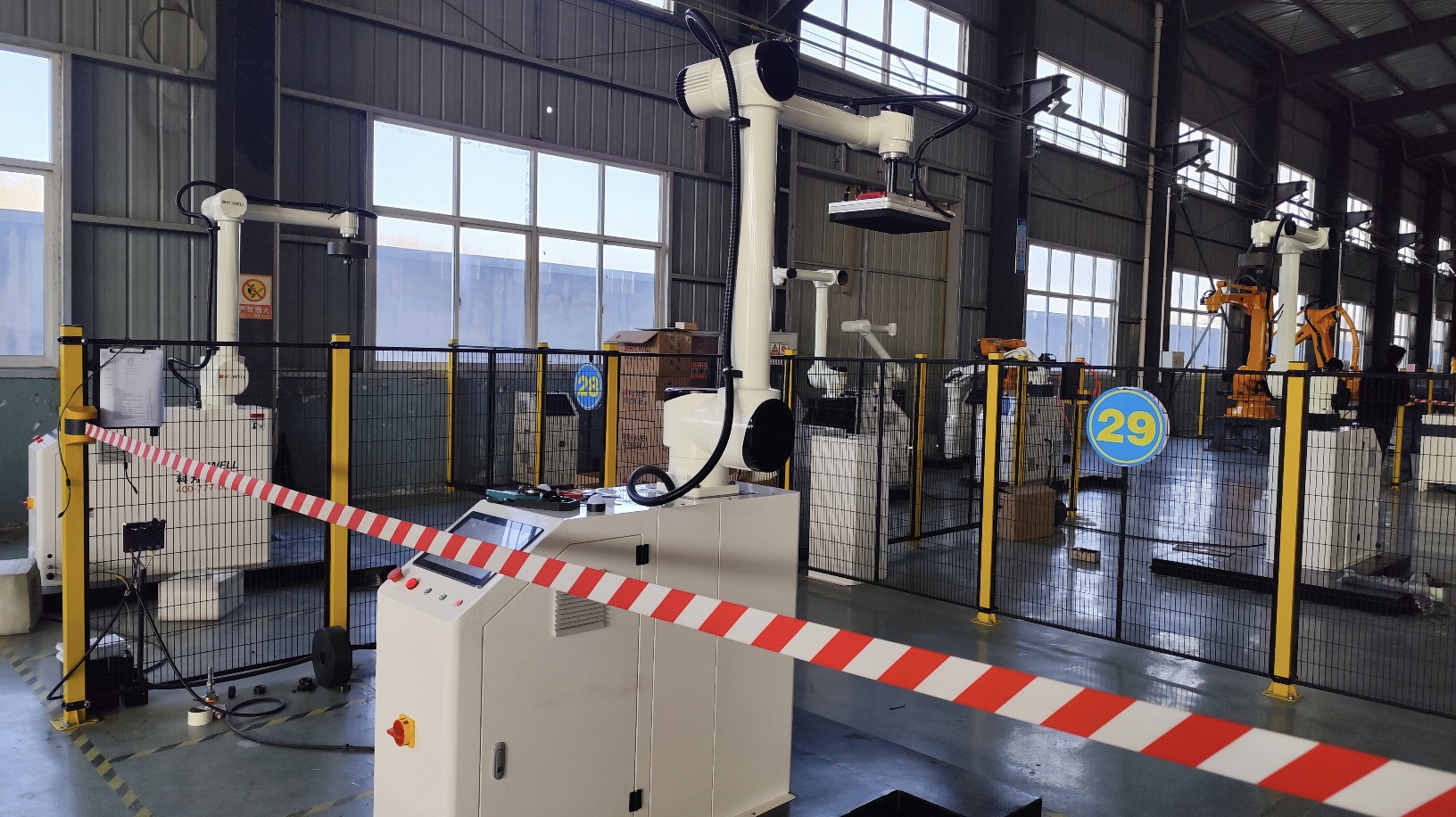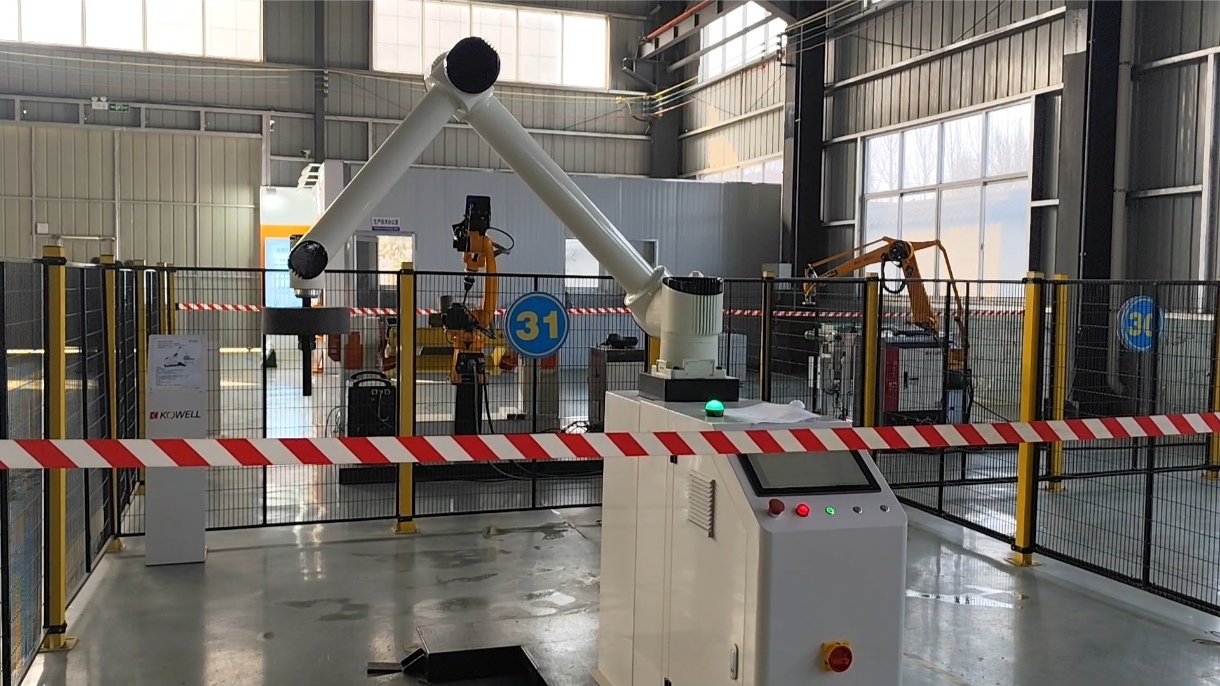At a time when the global manufacturing industry is accelerating towards intelligence, automated industrial equipment is becoming a key variable in reshaping the industry landscape. Corporate competition no longer relies solely on cost control and economies of scale, but is more focused on technology-driven productivity improvements. The introduction of automated equipment has not only improved production efficiency, but also changed the logic of market competition, bringing new opportunities and challenges to manufacturing companies.
The transition of production efficiency: from quantitative change to qualitative change
The improvement of production efficiency is an impact of automated industrial equipment that cannot be ignored. Traditional manufacturing industry over-relies on traditional manpower and simple mechanical cooperation, and there are some obstacles in the production process. Automated equipment accurately controls and operates efficiently, reducing production time and shortening production cycles.
More importantly, automated industrial equipment has promoted the manufacturing industry from "quantitative change" to "qualitative change". In the past, increasing production capacity often meant expanding production scale, but now, companies can optimize production processes through automated equipment and increase output capacity per unit time without significantly increasing resource input. This paradigm shift gives small and medium-sized enterprises the opportunity to participate in high-end manufacturing competition and compete with large companies.
Reshaping the cost structure: from manual dependence to intelligent drive
Automated industrial equipment not only improves production efficiency, but also profoundly changes the cost structure of enterprises. In the traditional model, labor costs account for a considerable proportion of the expenditure of manufacturing enterprises, and the popularization of automated equipment enables enterprises to reduce their dependence on manpower and reduce long-term operating costs.
The accurate control of automated equipment not only reduces the waste of raw materials and improves energy utilization, but also the benefits brought by these cost optimizations cannot be ignored for enterprises with larger scale production.
The initial capital investment of automated equipment is high, and the procurement and maintenance costs of equipment are large. At the same time, when enterprises transform and upgrade to automated production structures, they should balance short-term investment and long-term benefits and make reasonable investment ideas.
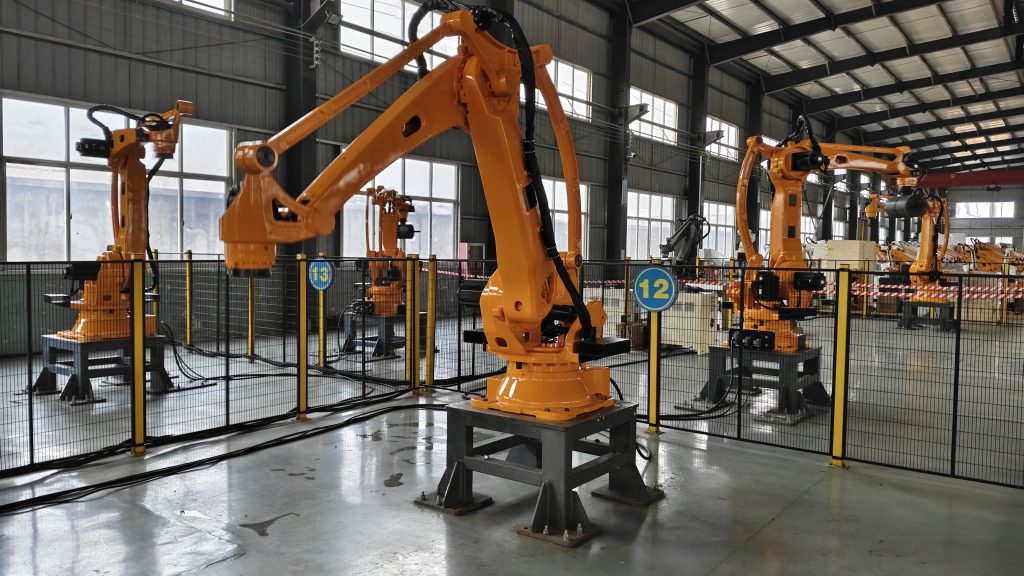
Reconstruction of market competition: flexible production and differentiated competition
As market demand becomes increasingly diversified, single large-scale standardized production can no longer meet the personalized needs of customers. The emergence of automated industrial equipment enables companies to adjust production lines more flexibly and achieve flexible production of small batches and multiple varieties.
The popularization of automated equipment has broken down some of the technical barriers of traditional manufacturing. Some emerging companies can integrate into the market faster, and with the help of efficient automated production capabilities, some small and medium-sized enterprises have a favorable position in specific markets.
Transformation of talent structure: from physical labor to intelligent management
The promotion of automated industrial equipment is not only a change in production mode, but also a reshuffle of the enterprise management pattern. With the reduction of traditional labor demand and the increase in demand for technical talents, the overall quality of technical workers has been improved, and digital smart factories have occupied an advantageous position in the future industrial wave.
Future Outlook: Continuous Evolution of Automated Industrial Equipment
In the future, automated industrial equipment will continue to evolve and promote the development of the manufacturing industry to a higher level. For example, the combination of artificial intelligence and machine learning technology will enable automated equipment to have stronger autonomous decision-making capabilities, realize adaptive adjustment of production parameters, and further improve production efficiency and product quality.
At the same time, the popularization of the industrial Internet will enable automated equipment to be interconnected and build a more intelligent manufacturing ecosystem. Through data sharing and intelligent collaboration, enterprises can optimize the entire industrial chain and improve the collaborative efficiency of the overall supply chain.
If enterprises want to stand firm in the tide of the times, they need to continue to pay attention to the current technological development trends, flexibly adjust their own strategies, and continuously improve their own automation levels. Only in this way can they occupy an important position in the manufacturing industry.
Conclusion
The popularization of automated industrial equipment is profoundly changing the competitive landscape of the manufacturing industry. It not only improves production efficiency and optimizes cost structure, but also promotes the diversification of market competition and the transformation of talent structure. In the future, with the continuous advancement of technology, automation equipment will play a role in a wider range of fields and become an important support for the sustainable competitiveness of enterprises. Only by seizing this opportunity for change and actively embracing intelligence can enterprises occupy the commanding heights in the new wave of global manufacturing.
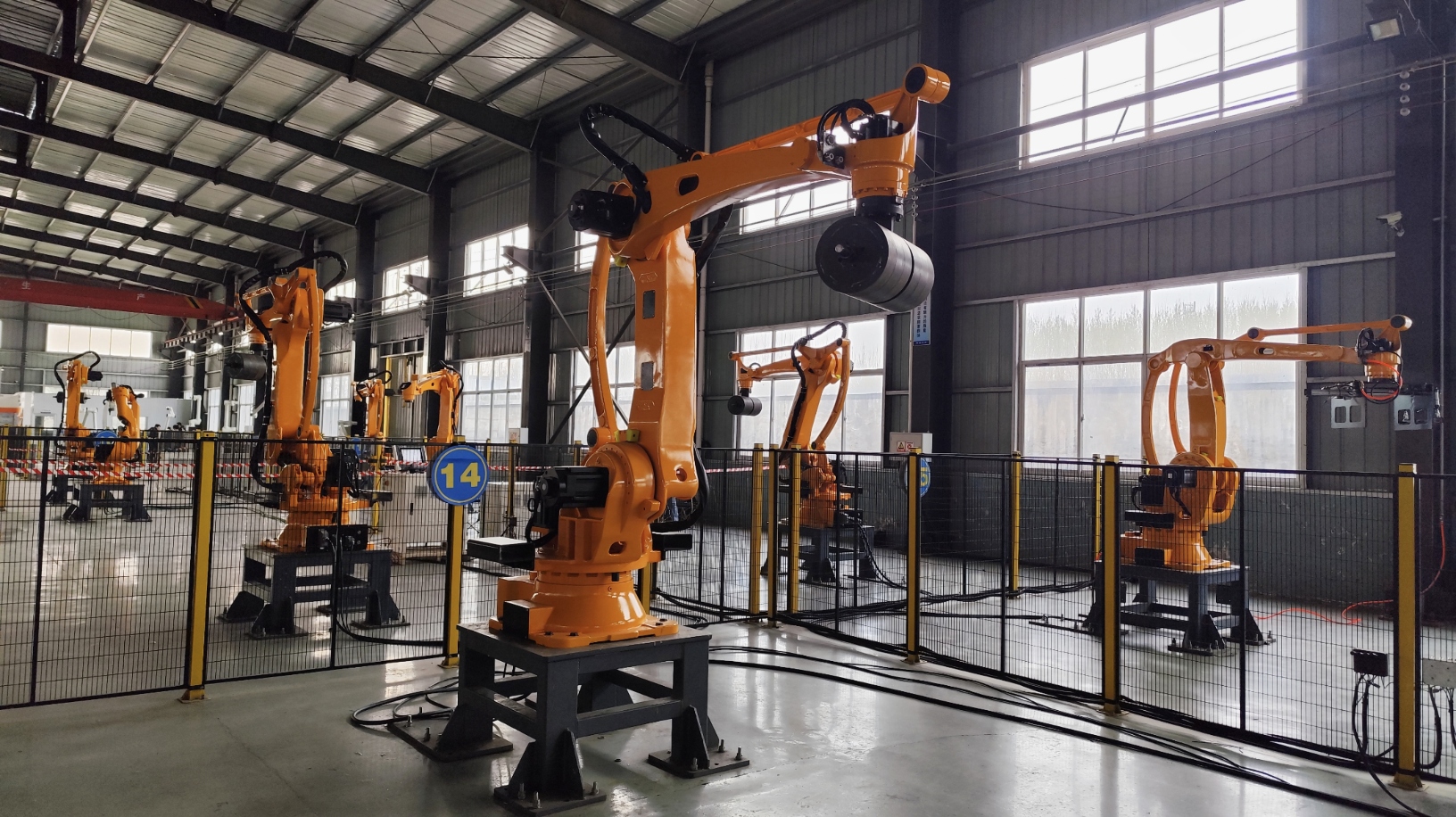
Online Consultation
Hello, the current customer service is offline. You can leave your contact information and the staff will respond to you as soon as possible!


